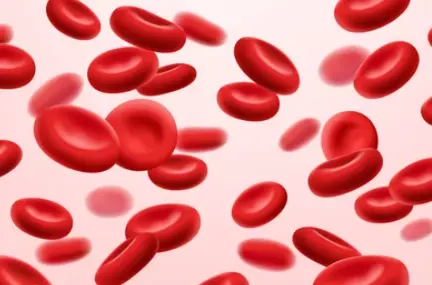 Welcome
Welcome
“May all be happy, may all be healed, may all be at peace and may no one ever suffer."
- A
- B
- C
- D
- E
- F
- G
- H
- I
- J
- K
- L
- M
- N
- O
- P
- Q
- R
- S
- T
- U
- V
- W
- X
- Y
- Z
Urinary incontinence - Generics
Urinary incontinence is a common condition that affects both men and women of all ages. It refers to the involuntary leakage of urine from the bladder, and it can have a significant impact on a person's quality of life. There are several types of urinary incontinence, including:
- Stress incontinence: This occurs when the muscles that support the bladder and control the flow of urine weaken or become damaged, resulting in leakage during activities such as coughing, sneezing, laughing, or exercise.
- Urge incontinence: This is also known as overactive bladder and is characterized by a sudden and strong urge to urinate, followed by involuntary leakage.
- Mixed incontinence: This is a combination of stress and urge incontinence.
- Overflow incontinence: This occurs when the bladder is unable to empty properly, causing urine to leak out.
- Functional incontinence: This occurs when a person is unable to reach the bathroom in time due to physical or cognitive limitations.
There are many factors that can contribute to urinary incontinence, including age, hormonal changes, pregnancy, childbirth, obesity, certain medications, and neurological disorders. Treatment options depend on the type and severity of incontinence and may include lifestyle changes, pelvic floor exercises, medication, medical devices, or surgery.
It is important to speak with a healthcare provider if you are experiencing urinary incontinence, as they can help identify the underlying cause and recommend appropriate treatment options. In addition, there are many products available to manage urinary incontinence, such as pads, liners, and disposable underwear, which can help minimize the impact on daily life.

Angular cheilitis

Candidal cystitis

Parenteral nutrition

Irritable bowel syndrome...

B-vitamins and Zinc defic...

Prevention of skin infect...

Metabolic alkalosis

Blood loss due to trauma...
Urinary incontinence, প্রস্রাবে অসংযম
To be happy, beautiful, healthy, wealthy, hale and long-lived stay with DM3S.